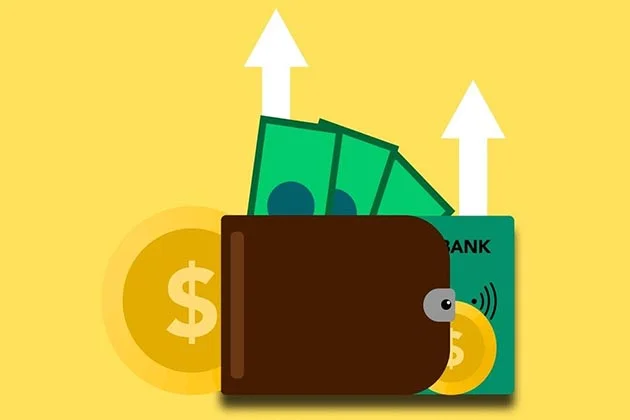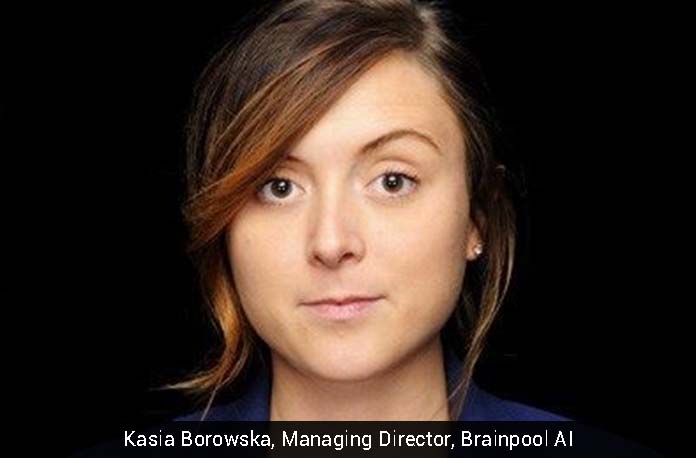Defined benefits plan offer eligible employees guaranteed income for life after they retire. Similar to other employer-sponsored qualified benefits, both you and your boss can deduct contributions made to the plan. Nowadays, defined benefits plans are less and less common.
How Defined Benefits Plans Work
Defined benefits plans are similar to a 401(k) or a Roth IRA in that they build wealth for retirement. Unlike other popular retirement plans, you can’t withdraw these funds at any time. Instead, employees have to wait a specific length of time before being eligible to take it.
Most defined benefit plans for small business owners set up and manage their employees’ plans based on length of employment and salary history, not investment returns. When the benefits plan reaches maturity, employees can withdraw it based on the payment option offered.
Since employers are responsible for calculating retirement benefits ahead of time, they’re also responsible for a funding shortfall. They are legally obligated to make up the difference.
Defined Benefits Plan vs. Defined Contribution Plan
Since defined benefit plans and defined contribution plans sound similar, they’re often compared but couldn’t be more different. Whereas the employer pays into a defined benefits plan, the employee contributes to the defined contribution plan, although the employer may match.
Although employees are guaranteed monthly or lump sum payments with a defined benefits plan, defined contribution plan payouts rely on the employees themselves. In general, high-income earners are more likely to see better returns with a defined benefits plan.
Defined Benefit Plan Pros and Cons
High-income earners and Americans alike would prefer their employers buy into a defined benefits plan, like a pension, then a defined contribution plan, like the 401(k), because:
- Market fluctuations don’t affect your payments. Whether share prices go up or down, your employer will continue to pay the same amount into your benefits plan.
- Your retirement paycheck is guaranteed and secure. After the benefits plan matures, you’ll be paid each month with a life annuity or once with a lump-sum payment.
- Employers and employees receive tax benefits. Employers can deduct what they contribute to the plan, and so can employees if they’re allowed to contribute.
- There’s an option for a survivor annuity account. If your employer offers this option, your spouse or children will keep receiving guaranteed payments after your death.
- Employees stay longer. Pensions are rare; only 3% of employees have access to them. If an employer offers a pension, employees are more likely to remain loyal.
While there are many positives to a defined benefits plan, there are also a few negatives:
- Investing takes a long time. If the employee has to wait for 7 years to receive their benefits, all the money they earned will stay with the company if they leave before that.
- Employees don’t have a choice in where their money is invested. If you trust your employer, this may not be a problem, but a lack of choice may make you uncomfortable.
- Little to no portability. A defined contribution plan isn’t tied up with one employer, whereas a defined benefits plan is. It’ll be difficult to transfer the funds you earned.
- Pensions are expensive. A big reason why few employers offer a defined benefits plan is that they’re costly to maintain. The cost shifts wholly to the employer.
- You can’t increase your benefits. The amount your employer puts in is the amount you have to stick with, for better or worse, and you may not be able to add more money.
Like any other investment, it’s in your best interest to diversify. If you contribute to a traditional IRA, a Roth IRA, a 401(k), and more, you’ll maximize your retirement gains.









